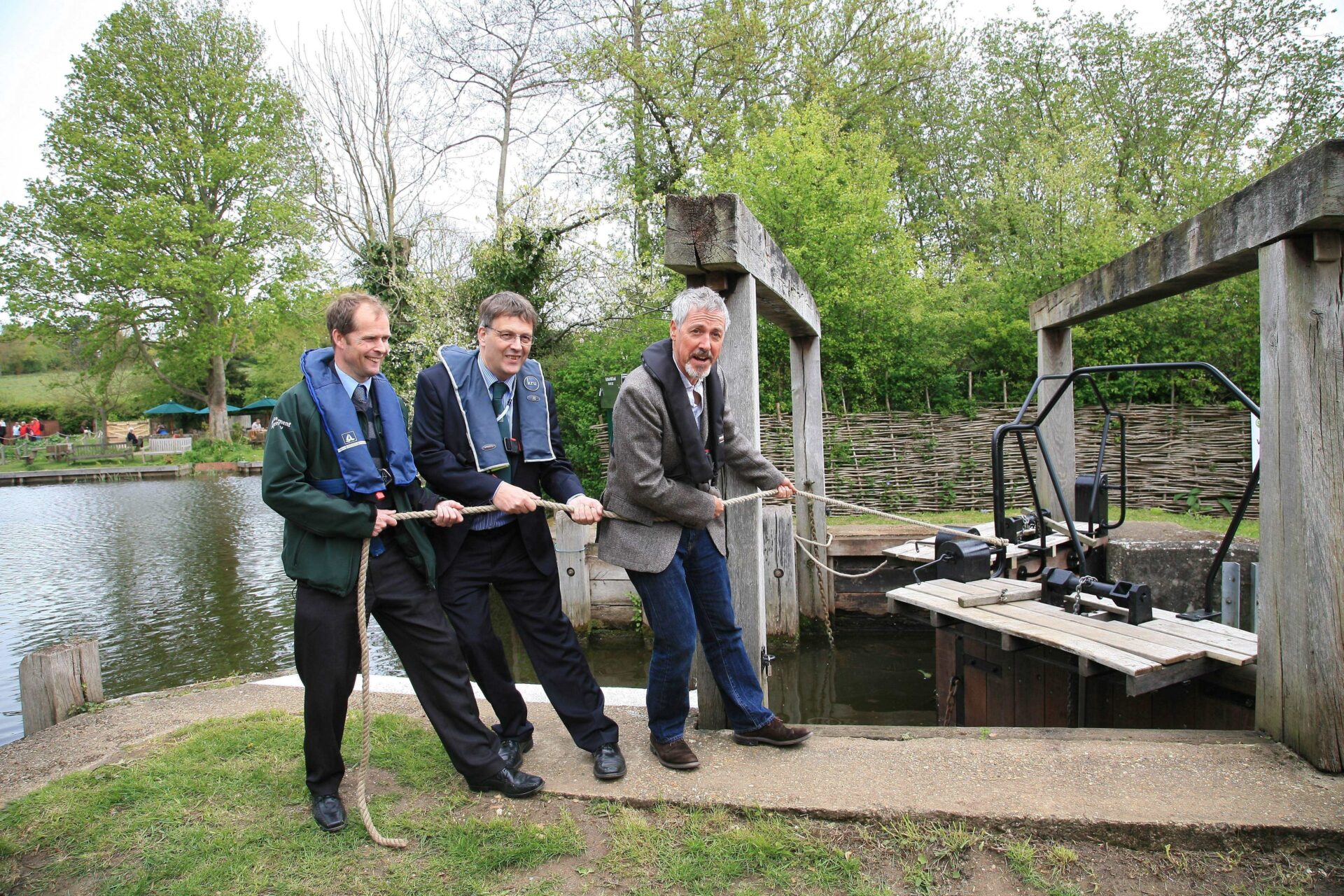How Waterways Can Help
Our waterways are blue-green corridors that play a vital role in reconnecting disparate habitats, enabling biodiversity net gain and providing wider environmental benefits through habitat creation and improvement.
The offside banks of canals and rivers offer largely undisturbed homes for wildlife to flourish, while at the same time providing opportunities for people to see plants, insects and birds that they wouldn’t normally experience in an urban environment.
Our waterways accommodate many protected species, including water voles, otters, native crayfish and rare aquatic plants. Strategies being developed all over the country will enhance and restore habitats located on or near waterways and improve the ecological connectivity between them.
The Environment Act 2021 requires most development schemes in England to deliver a biodiversity net gain of at least 10% and for this to be maintained for at least 30 years. Local authorities and developers should consider local waterways, whether navigable or restoration projects, as off-site locations for biodiversity credits where a developer cannot achieve the target on their own site.
It is important to note that while managed waterways can boost biodiversity, the water quality of our rivers and canals must be improved, by upholding and enhancing legislation, for wildlife to flourish.


